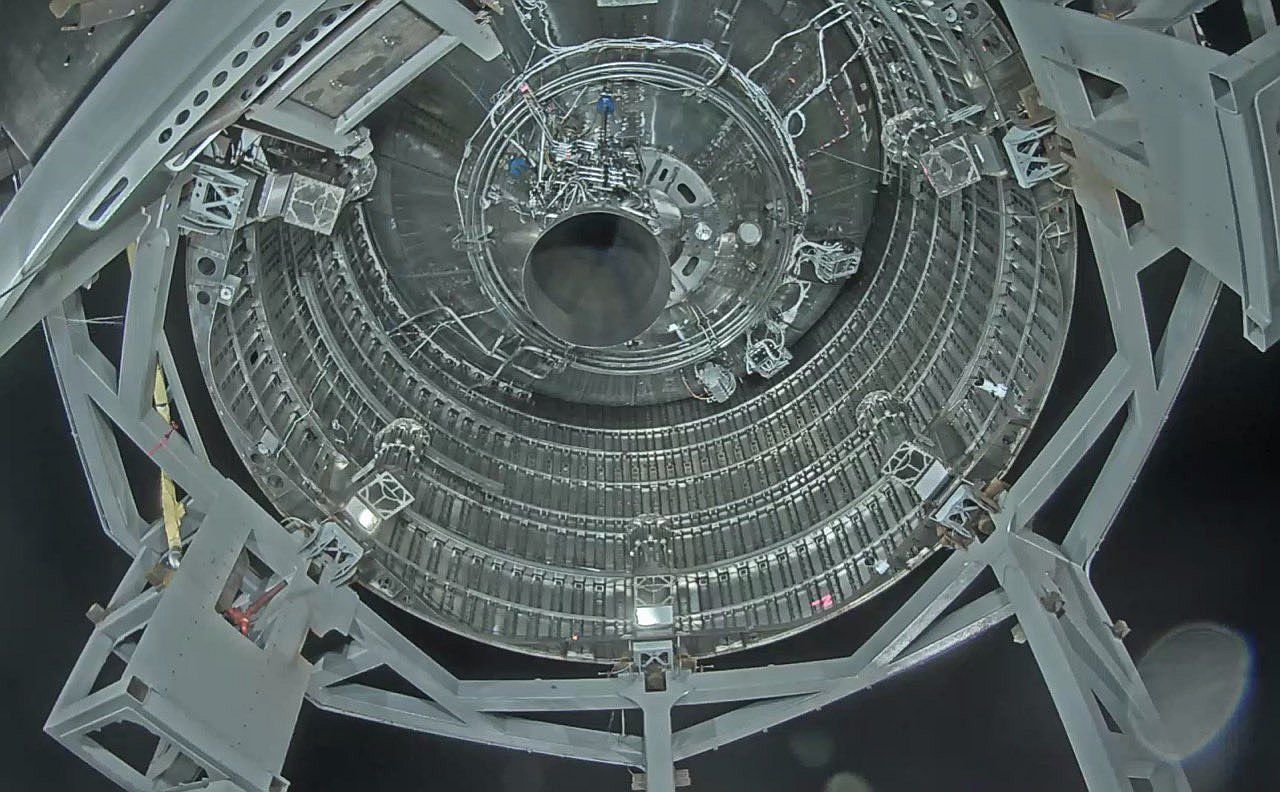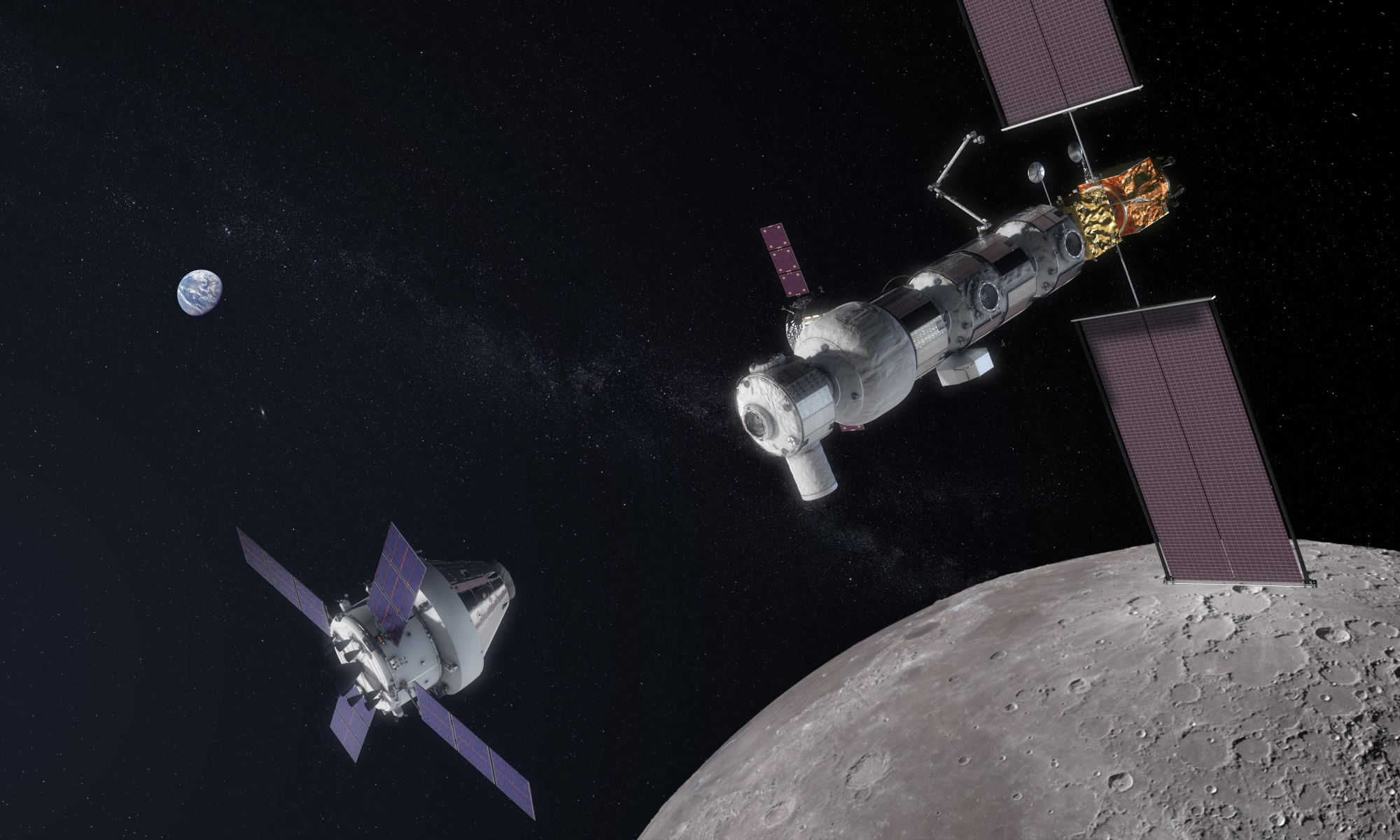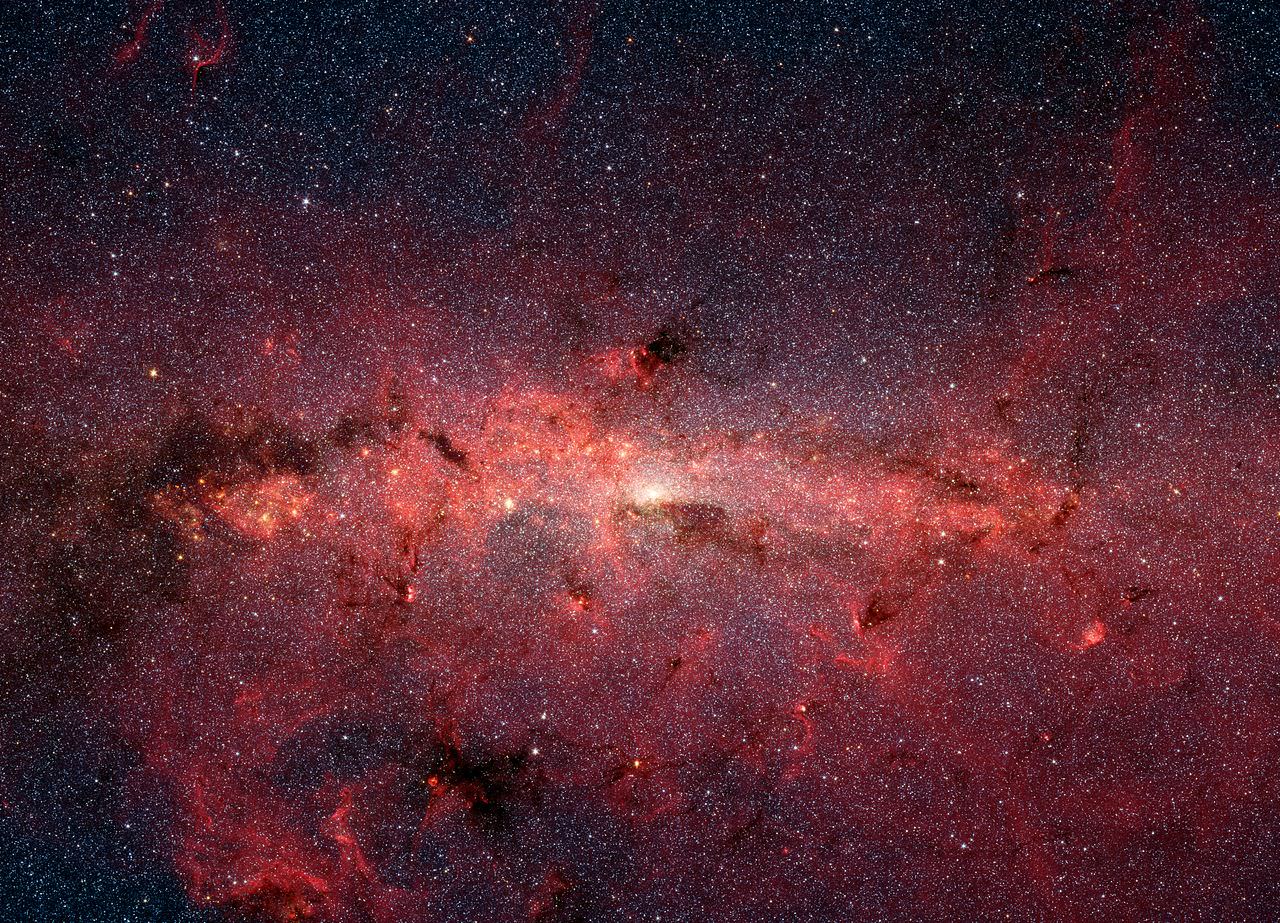Last week, SpaceX passed another milestone in the development of its Starship prototype. This was the crucial engine static fire test, which saw the fourth full-scale Starship prototype (SN4) ignite a fully-integrated Raptor engine for the first time. The successful test took place on Tuesday night (May 5th) at 08:57 PM local time (09:57 PM EDT; 06:57 PM PDT) and saw the Raptor engine ignite and fire for four full seconds.
Continue reading “Another Starship Success! Raptor Engine Fires for 4 Seconds and Nothing Explodes”NASA is Going to Try Manufacturing a Telescope Mirror in Space

Space telescopes are a pretty amazing thing. By deploying an observatory to orbit, astronomers are able to take pictures of the Universe unencumbered by atmospheric disturbance. At the same time, they are very expensive to build, maintain, and launch into space. As the case of Hubble’s flawed mirror demonstrated, a space telescope also has to go through rigorous checks because of how difficult it becomes to service them after launch.
To address this, NASA is investigating the possibility of constructing future space telescopes in space. A key aspect of this involves a manufacturing technique known as Atomic Layer Deposition (ALD), a process where layers of material no thicker than an atom is deposited on a surface and then hardened in place. Now, a team of NASA-supported researchers has been given the chance to test ALD in a microgravity environment (i.e. space!)
Continue reading “NASA is Going to Try Manufacturing a Telescope Mirror in Space”Lunar Gateway Could be Built With the Falcon Heavy
In March of 2019, NASA was directed by the White House to land human beings on the Moon within five years. Known as Project Artemis, this expedited timeline has led to a number of changes and shakeups at NASA, not the least of which has to do with the deprioritizing of certain elements. Nowhere is this more clear than with the Lunar Gateway, an orbital habitat that NASA will be deploying to cislunar space in the coming years.
Originally, the Gateway was a crucial part of the agency’s plan to create a program of “sustainable lunar exploration.” In March of this year, NASA announced that the Lunar Gateway is no longer a priority and that Artemis will rely on an integrated lunar lander instead. However, NASA still hopes to build the Gateway, and according to a recent interview with ArsTechnica, this could be done with the help of SpaceX and the Falcon Heavy.
Continue reading “Lunar Gateway Could be Built With the Falcon Heavy”Closest Black Hole Found, Just 1,000 Light-Years From Earth
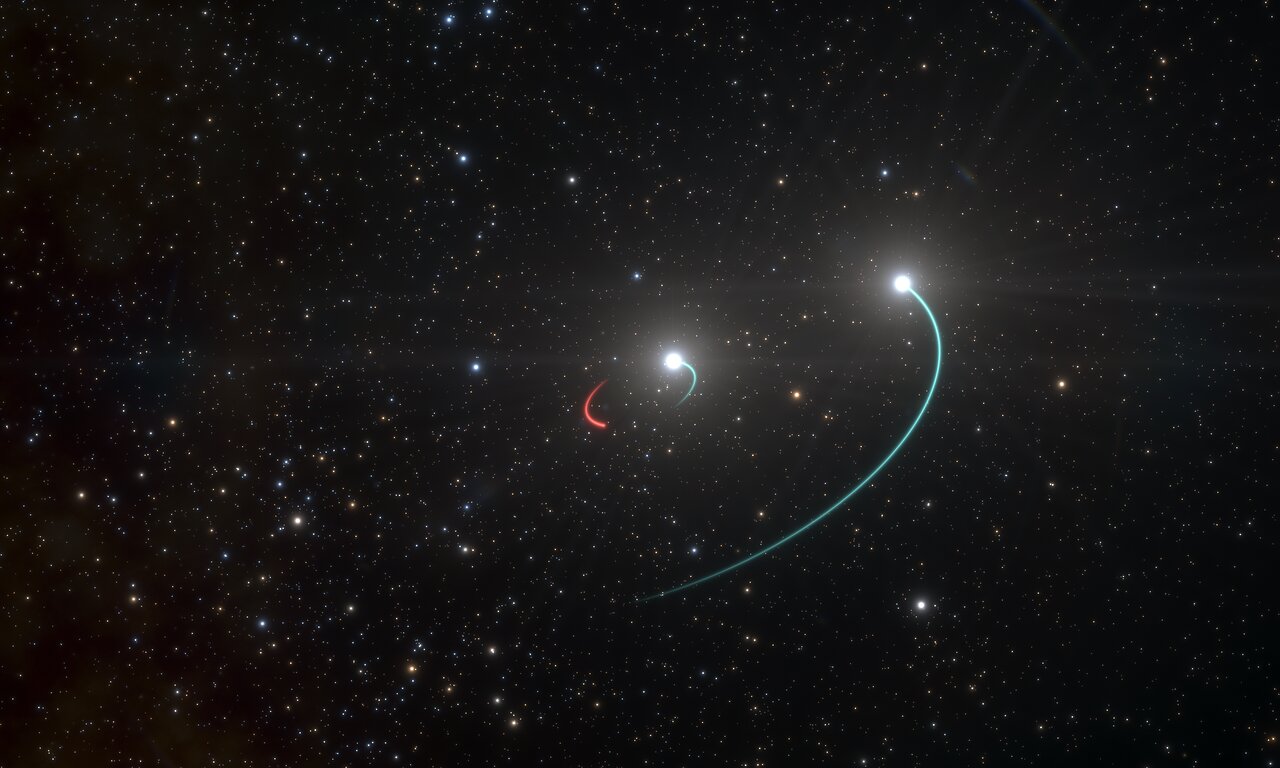
Black holes are invisible to the naked eye, have no locally detectable features, and even light can’t escape them. And yet, their influence on their surrounding environment makes them the perfect laboratory for testing physics under extreme conditions. In particular, they offer astronomers a chance to test Einstein’s Theory of General Relativity, which postulates that the curvature of space-time is altered by the presence of a gravity.
Thanks to a team of astronomers led by the European Southern Observatory (ESO), the closest black hole has just been found! Using the ESO’s La Silla Observatory in Chile, the team found this black hole in a triple system located just 1000 light-years from Earth in the Telescopium constellation. Known as HR 6819, this system can be seen with the naked eye and could one of many “quiet” black holes that are out there.
Continue reading “Closest Black Hole Found, Just 1,000 Light-Years From Earth”Space Force is Recruiting, Here’s their New Video
“Maybe your purpose on this planet… isn’t on this planet!”
These spine-tingling words cap off the US Space Force’s (USSF) new recruitment video, which hit the airwaves earlier this week. After giving a rundown of what the USSF’s responsibilities are, the video culminates with that beautiful tagline, in which people are invited to find their place off-world!
While this video is pretty short and sweet, it represents a significant milestone in the development of the USSF as an independent branch of the US Armed Forces – a process that began in earnest just a few years ago.
Continue reading “Space Force is Recruiting, Here’s their New Video”Galaxies Like the Milky Way are the Best for Life
Scientists have speculated that given the sheer number of galaxies in our Universe – modern estimates are as high as 2 trillion – that there must be infinite opportunities for life to emerge. It has also been theorized that galaxies (like stars) have habitable zones, where star systems located too close to the core or too far out in the spiral arms will be exposed to too much radiation for life to emerge.
But are certain types of galaxies more likely to produce intelligent life? Not that long ago, scientists believed that giant elliptical galaxies – which are substantially larger than spiral galaxies (like the Milky Way) – are a far more likely place to find advanced civilizations. But according to new research from the University of Arkansas, these galaxies may not be the cradles of civilization they were previously thought to be.
Read morTo eWhen Did Mars Lose its Global Magnetic Field?
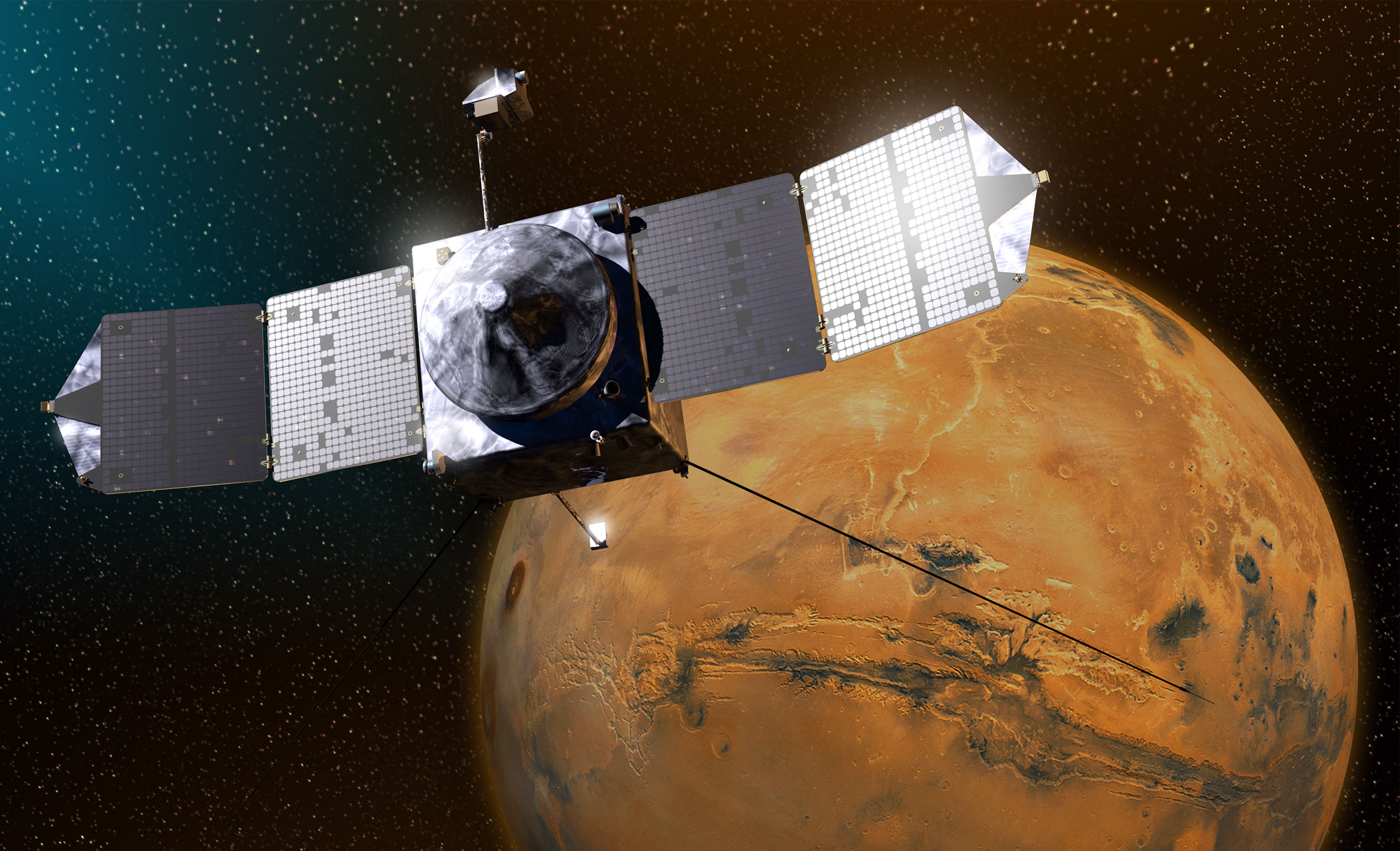
Billions of years ago, Mars was once a much different place than the cold and desiccated place it is today. Basically, it had a thicker, warmer atmosphere and liquid water flowing on its surface, and maybe even life! The reason for this is because, like Earth, Mars had a planetary magnetic field that was generated by action in its core. But when that field disappeared, things began to change drastically!
For years, scientists believed that this field disappeared over 4 billion years ago, causing Mars’ atmosphere to be slowly stripped away by solar wind. But according to new research led by the University of British Columbia (UBC) has placed new constraints on when this magnetic field disappeared, indicating that Mars’ magnetic field existed sooner (and laster hundreds of millions of years longer) than previously thought.
Continue reading “When Did Mars Lose its Global Magnetic Field?”SpaceX Describes Exactly How They’re Planning to Make Starlink Satellites Less Visible From Earth
In 2015, Elon Musk announced that his company, SpaceX, would be deploying satellites to orbit that would provide high-speed broadband internet access to the entire world. Known as Starlink, SpaceX began deploying this constellation in May of 2019 with the launch of the first 60 satellites. As of April 22nd, a total of 422 satellites have been added to the Starlink constellation, and the response hasn’t been entirely positive.
In addition to fears that we’re adding to the problem of “space junk,” there are also those who’ve expressed concern that Starlink and other constellations could have a negative impact on astronomy. In response, SpaceX recently announced that it will be instituting changes in how the satellites are launched, how they orbit the Earth, and even how reflective they are in order to minimize the impact they have on astronomy.
Continue reading “SpaceX Describes Exactly How They’re Planning to Make Starlink Satellites Less Visible From Earth”Want to Mine the Moon? Here’s a Detailed Map of all its Minerals
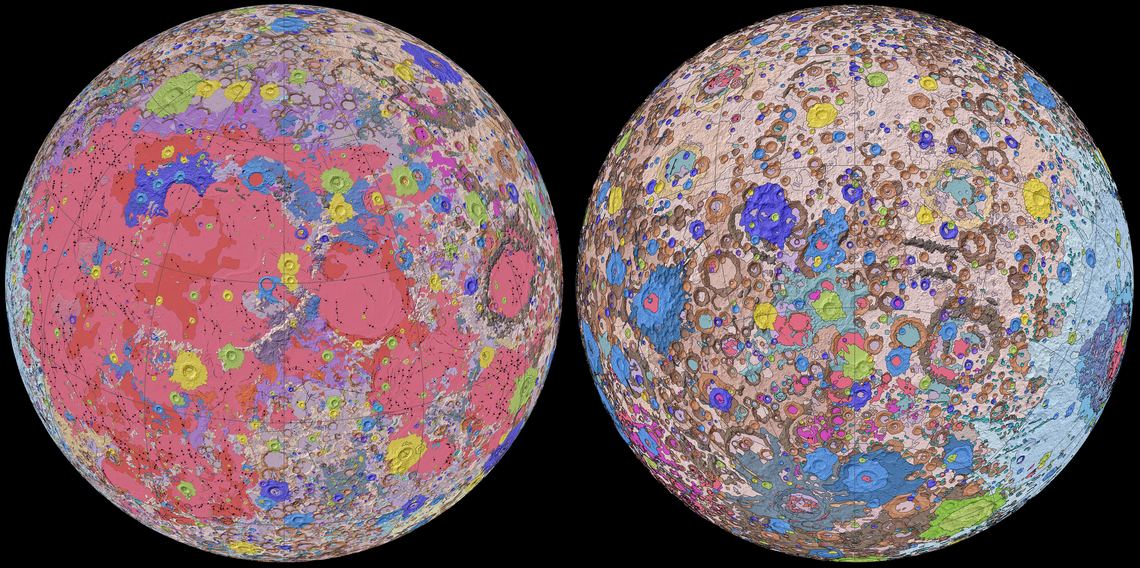
The prospect of mining asteroids and the Moon is on a lot of peoples’ minds lately. Maybe it’s all the growth that’s happened in the commercial aerospace industry in the past few decades. Or perhaps it’s because of Trump’s recent executive order to allow for asteroid and lunar mining. Either way, there is no shortage of entrepreneurs and futurists who can’t wait to start prospecting and harvest the natural bounty of space!
Coincidentally enough, future lunar miners now have a complete map of the lunar surface, which was created by the US Geological Society’s (USGS) Astrogeology Science Center, in collaboration with NASA and the Lunar Planetary Institute (LPI). This map shows the distribution and classification of the mineral deposits on the Moon’s surface, effectively letting us know what its familiar patchwork of light and dark patches the really are.
Continue reading “Want to Mine the Moon? Here’s a Detailed Map of all its Minerals”Supermassive Black Hole Orbits an Even More Massive Black Hole, Crashing Through its Accretion Disk Every 12 Years
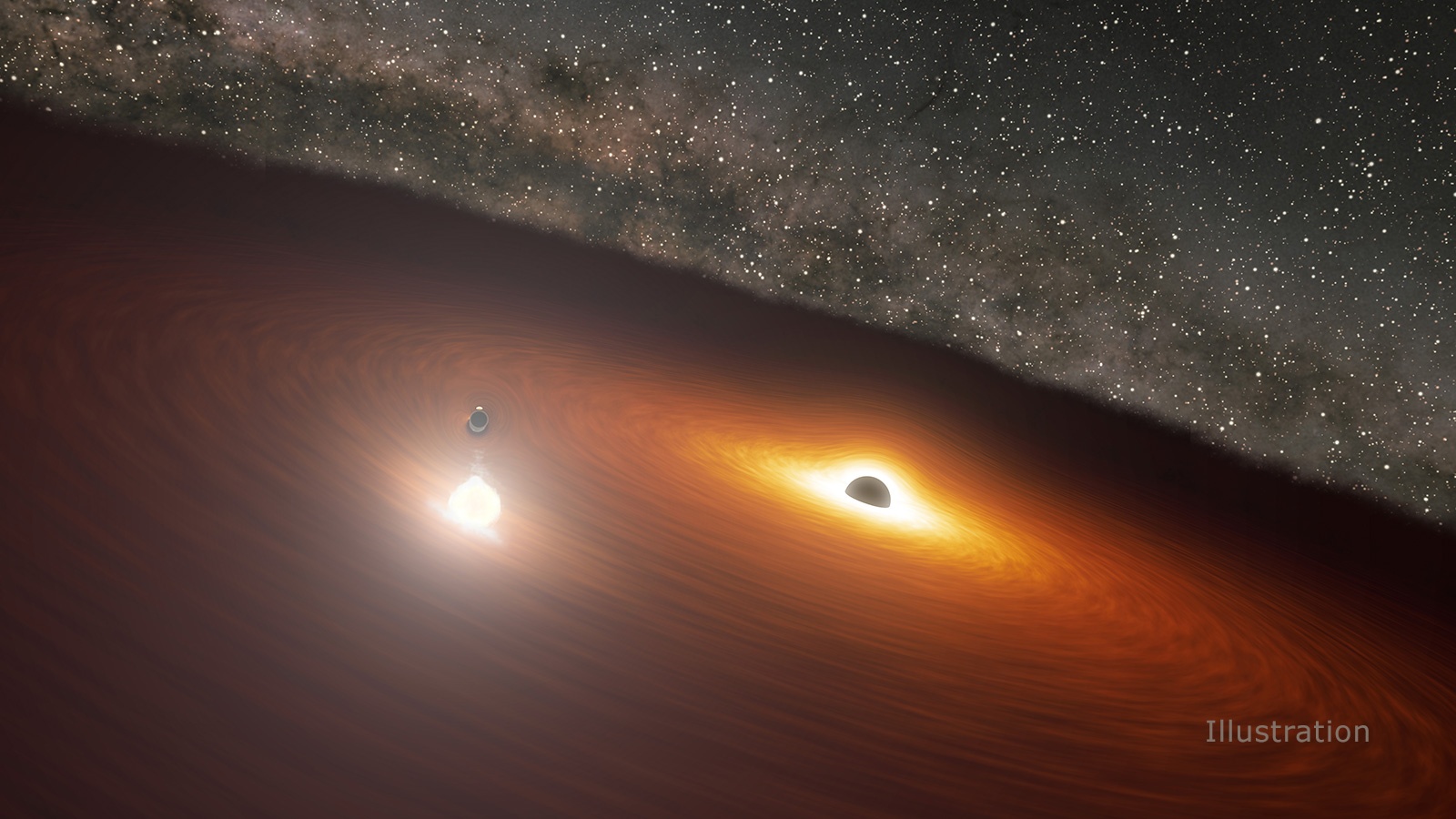
NASA’s Spitzer Space Telescope may be retired, but the things it witnessed during its sixteen and a half year mission will be the subject of study for many years to come. For instance, Spitzer is the only telescope to witness something truly astounding occurring at the center of the distant galaxy OJ 287: a supermassive black hole (SMBH) orbited by another black hole that regularly passes through its accretion disk.
Whenever this happens, it causes a flash that is brighter than all the stars in the Milky Way combined. Using Spitzer‘s observations, an international team of astronomers was able to finally create a model that accurately predicts the timing of these flashes and the orbit of the smaller black hole. In addition to demonstrating General Relativity in action, their findings also provide validation to Stephen Hawking‘s “no-hair theorem.”
Continue reading “Supermassive Black Hole Orbits an Even More Massive Black Hole, Crashing Through its Accretion Disk Every 12 Years”
